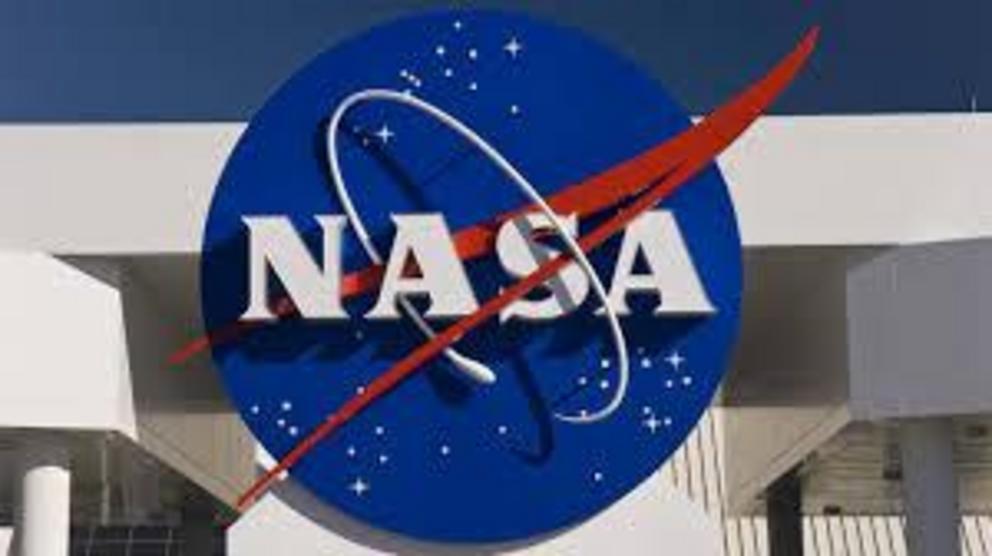NASA discovers potential new power generation method
A team of NASA researchers seeking a new energy source for deep-space exploration missions, recently discovered a method for triggering room-temperature fusion.
“This discovery could help NASA develop cleaner and safer nuclear power generation methods for future NASA space missions,” said Dr. Theresa Benyo of NASA’s Glenn Research Center. “It also could be used for terrestrial power plants and the production of medical isotopes.”
Benyo and her colleagues published their research in two peer-reviewed papers on April 20 in the journal Physical Review C, Volume 101: “Nuclear fusion reactions in deuterated metals” and “Novel nuclear reactions observed in bremsstrahlung-irradiated deuterated metals.”
Fusion is a process that produces energy when two atoms join to form one larger atom. Scientists are interested in fusion, because it could generate enormous amounts of energy without creating long-lasting radioactive byproducts. However, conventional fusion reactions are difficult to sustain because they rely on temperatures so extreme that the process has been impractical.
Called lattice confinement fusion, the method NASA discovered accomplishes fusion reactions with the fuel (deuterium, d) starting at room temperature, while previous fusion research relied on heating the fuel (deuterium/tritium) in a plasma to temperatures 10 times those at the center of the Sun. In the new process, a metal such as erbium is “deuterated” or loaded with deuterons, which packs the fuel approximately a billion times denser than in conventional fusion reactors. Upon irradiation with a 2.9+MeV gamma (energetic X-ray) beam, a deuteron dissociates, and the neutron and proton are ejected. The neutron collides with a deuteron, accelerating it into a neighbor inducing screened d-d fusion, or causing even more energetic screened Oppenheimer-Phillips (O-P) nuclear reactions. A novel feature of the new process is the metal lattice electrons whose negative charges help “screen” the positively charged deuterons and allow them to approach one another more closely overcoming the electrostatic barrier and more easily fusing with one another, according to the theory developed by Dr. Vlad Pines, the project’s theoretical physicist.
“This discovery opens a new path for initiating fusion reactions for further study within the scientific community. However, the reaction rates still need to be increased substantially to achieve appreciable power levels, which may be possible utilizing various reaction multiplication methods under consideration,” said Glenn’s Dr. Bruce Steinetz, the NASA project principal investigator.
With more study and development, future applications could include power systems for long-duration space exploration missions or in-space propulsion. It also could be used on Earth for power plants or creating medical isotopes for nuclear medicine.
 Lattice Confinement Fusion
Lattice Confinement Fusion


